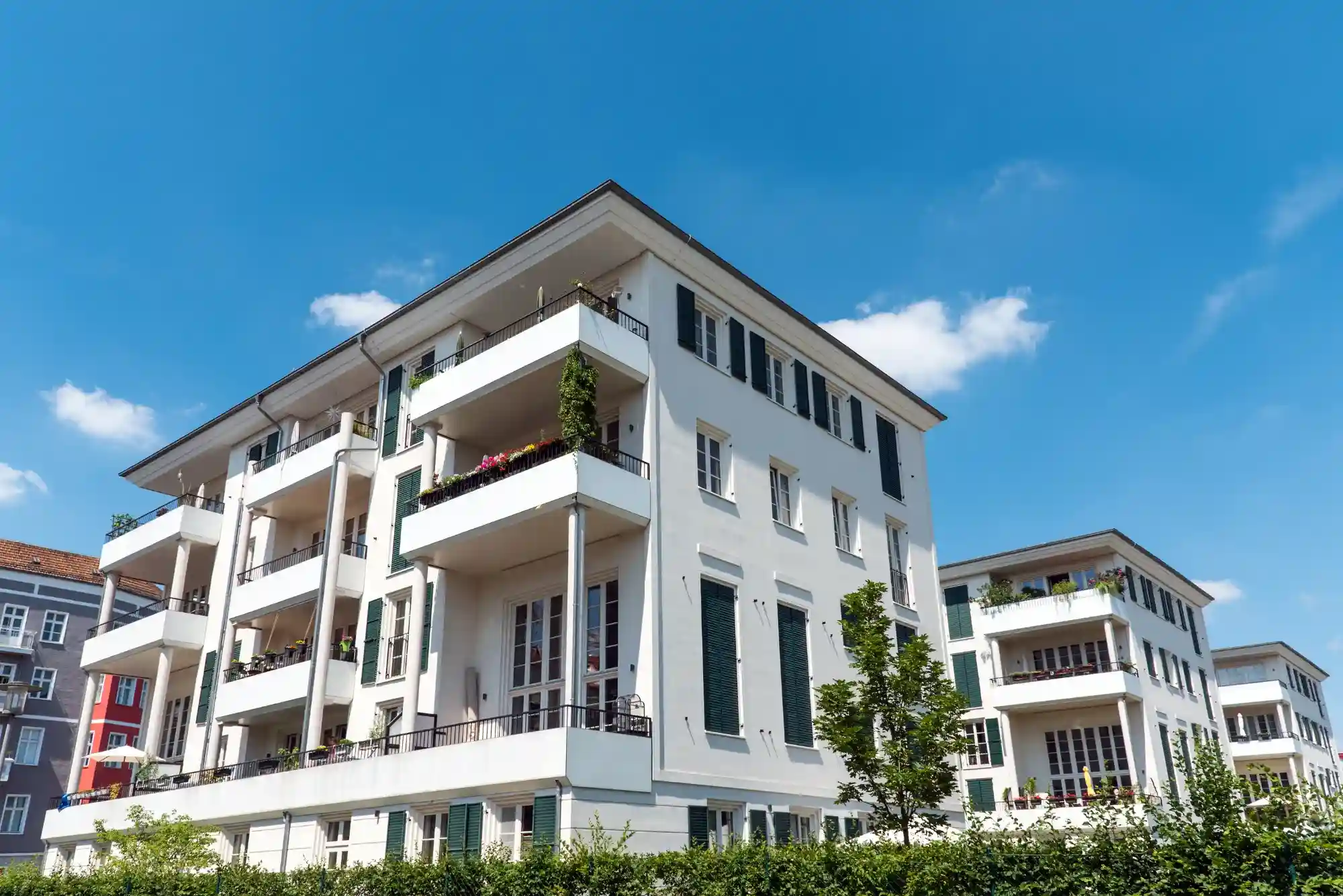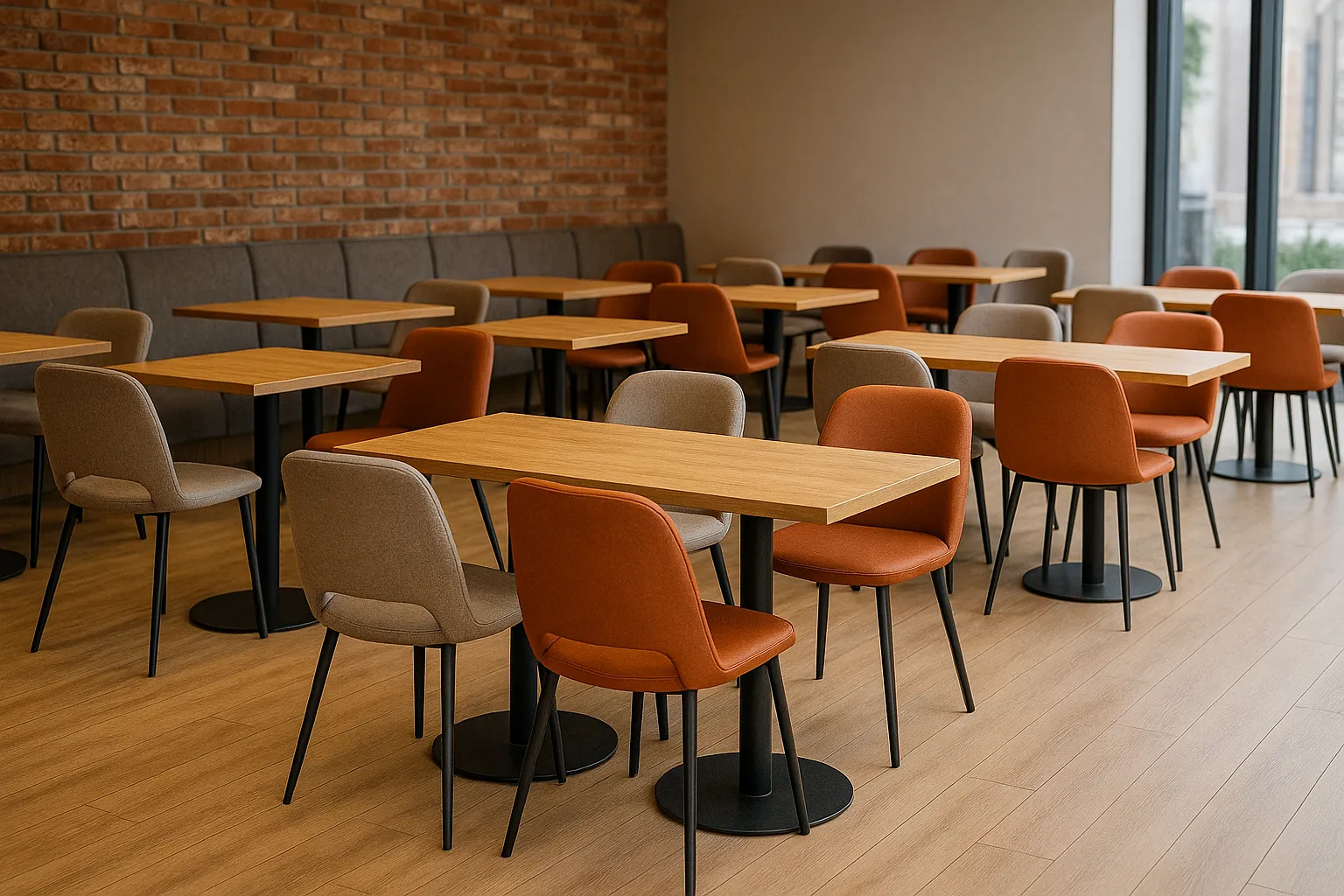If you’re exploring real estate—whether as a first-time homebuyer, investor, or someone simply trying to understand the housing market—you’ve likely come across the term multi-family home. But what exactly does that mean?
In the most straightforward sense, a multi-family home is a residential building that contains more than one separate housing unit. Think of a duplex, triplex, or a small apartment building. Each unit has its own kitchen, bathrooms, living areas, and entrance, offering a level of independence for each household.
But beyond the simple definition, multi-family homes play a significant role in how people live, invest, and build long-term wealth. In this post, I’ll unpack everything you need to know from personal insights, market realities, and even how financial tools like the HSBC Select Credit Card and understanding things like ABDIAEAD Swift code can become surprisingly relevant in this journey.
Understanding the Core: Multi-Family vs. Single-Family
To put it plainly, a single-family home is a standalone residence intended for one family. It comes with its own yard, entrance, and no shared walls (typically). On the other hand, a multi-family home is a single building structured to house multiple families or tenants. The most common configurations include:
- Duplex: Two separate units in one building.
- Triplex/Quadplex: Three or four units, respectively.
- Small Apartment Buildings: Five or more units.
While these may differ in size and scale, the fundamental idea remains the same—multiple self-contained living spaces under one roof.
I once lived in a triplex in the suburbs during my early 30s. I occupied the top floor while renting out the bottom units. That experience not only helped me offset my mortgage but also introduced me to the world of real estate investing—without taking on the burden of managing a massive apartment complex.
Why Multi-Family Homes are Gaining Popularity
There are a few key reasons multi-family homes have become more attractive in recent years. First, there’s affordability. In cities where housing prices are through the roof, pooling resources to buy a multi-family home with relatives or friends can make ownership possible.
Second, there’s the investment opportunity. Many homeowners live in one unit and rent out the others. This setup, sometimes referred to as “house hacking,” allows people to live rent-free—or at least significantly reduce their living expenses—while building equity in a property.
Lastly, with the rise of remote work and intergenerational living, multi-family homes offer the flexibility that many modern families need. Elderly parents, grown children, or even siblings can live close by while maintaining their independence.
The Financial Side: Mortgage, Credit & Banking Tools
If you’re thinking of purchasing a multi-family home, your financing options will look a little different from a traditional mortgage. For instance, most lenders categorize properties with up to four units as residential real estate. That means you can qualify for a conventional mortgage (and even FHA or VA loans if you plan to occupy one of the units). Once you go beyond four units, you’re in commercial real estate territory, and the lending criteria become more complex.
This is where having solid financial tools in your back pocket can help. I always recommend having a reliable credit card with good benefits for those in real estate or entrepreneurship. One solid option to consider is the HSBC Select Credit Card. While not exclusively designed for real estate investors, its international transaction support, low foreign exchange fees, and exclusive rewards make it ideal for property owners who may work with overseas contractors, purchase supplies internationally, or travel to manage multiple properties.
On a practical note, when I renovated one of my rental units, I used my HSBC Select Credit Card to order smart locks and appliances from a European supplier. The card’s FX benefits saved me a fair chunk in fees—and the cashback rewards didn’t hurt either.
International Transactions and the Role of SWIFT Codes
If your multi-family home journey involves anything cross-border—say, buying property in a country like the UAE or wiring funds to a developer overseas—you’ll need to understand SWIFT codes. One relevant example is the ABDIAEAD SWIFT code, which belongs to the Abu Dhabi Islamic Bank. If you’re wiring money to or from this bank, either for down payments, contractor fees, or legal services, having the correct SWIFT code is essential to ensure your funds arrive safely and swiftly (no pun intended).
The world is getting smaller, and even modest real estate investors now find themselves involved in international transactions. That means having not just a good credit card, but also a working understanding of international banking systems, including things like SWIFT codes, IBANs, and intermediary bank requirements.
Living in vs. Investing in Multi-Family Homes
Here’s where it gets really interesting. Multi-family homes blur the line between personal residence and investment. That dual nature offers unique advantages and challenges.
Living in One Unit
Living in one of the units gives you access to owner-occupied loans, which generally come with lower interest rates and down payment requirements. Plus, you’re on-site to manage the property, making it easier to handle maintenance or keep an eye on things. But living alongside your tenants also requires a bit of tact. You’ll want to set clear boundaries and treat your rental operation professionally—even if you’re just a live-in landlord.
Pure Investment
If you’re buying strictly as an investment, you’ll likely need a larger down payment (typically 20% or more) and will be held to higher credit standards. You’ll also need to consider hiring a property manager if you’re not local, which will eat into your profits but save you headaches. This is another area where financial literacy becomes crucial. Tracking expenses, setting up separate business accounts, and using credit cards like the HSBC Select for business-related purchases can help streamline your operations and even boost your credit score over time.
Key Takeaways Before You Buy
Here are some of the practical lessons I’ve learned that might help if you’re considering a multi-family property:
- Do your math: Run cash flow projections. Factor in vacancies, repairs, taxes, and property management.
- Inspect thoroughly: Old buildings often come with hidden issues—electrical, plumbing, or structural.
- Understand tenant law: Local laws vary wildly, and a solid grasp of tenant rights and responsibilities is crucial.
- Plan for the long-term: Real estate is rarely a get-rich-quick game. It’s about patience, persistence, and smart decision-making.
One last tip—stay organized. Whether you’re wiring funds internationally using the ABDIAEAD SWIFT code or managing home repairs with your HSBC Select Credit Card, keeping detailed records will save you time and stress down the line.
Final Thoughts
A multi-family home isn’t just a roof over your head—it can be a strategic stepping stone toward financial freedom, a flexible living arrangement for extended families, or an entry point into real estate investing. Whether you’re looking to live in one unit and rent out the rest, or you’re eyeing your first income property, understanding how multi-family homes work will give you a serious edge. And don’t overlook the role of smart financial tools along the way—from choosing the right credit card to understanding how SWIFT codes facilitate global real estate transactions.
In the end, success in real estate isn’t just about location—it’s about knowledge, planning, and execution. If you’re equipped with the right information and a thoughtful approach, a multi-family home could be one of the best decisions you ever make.







